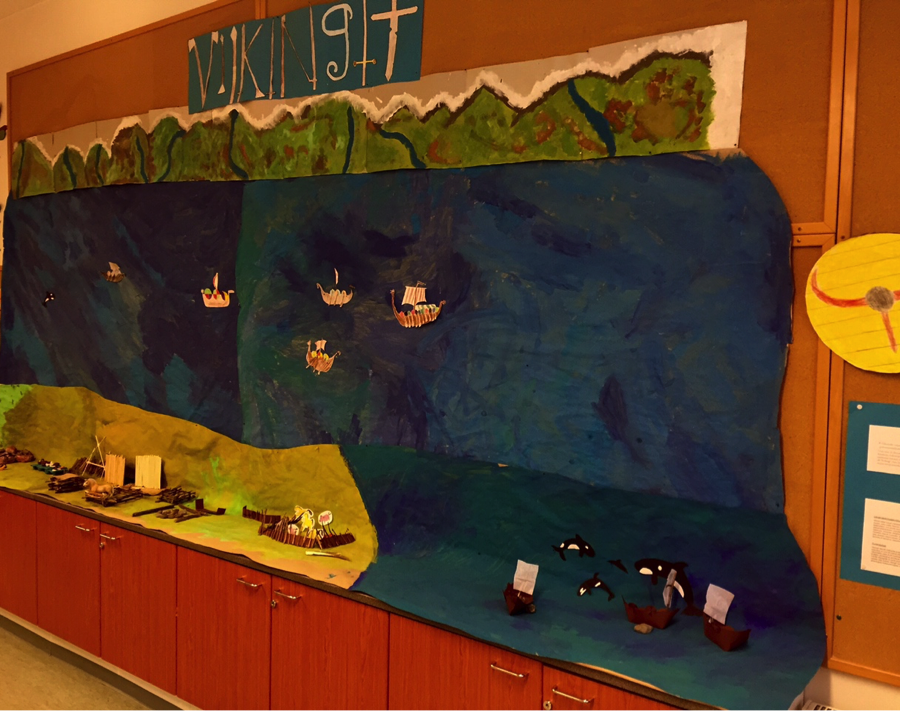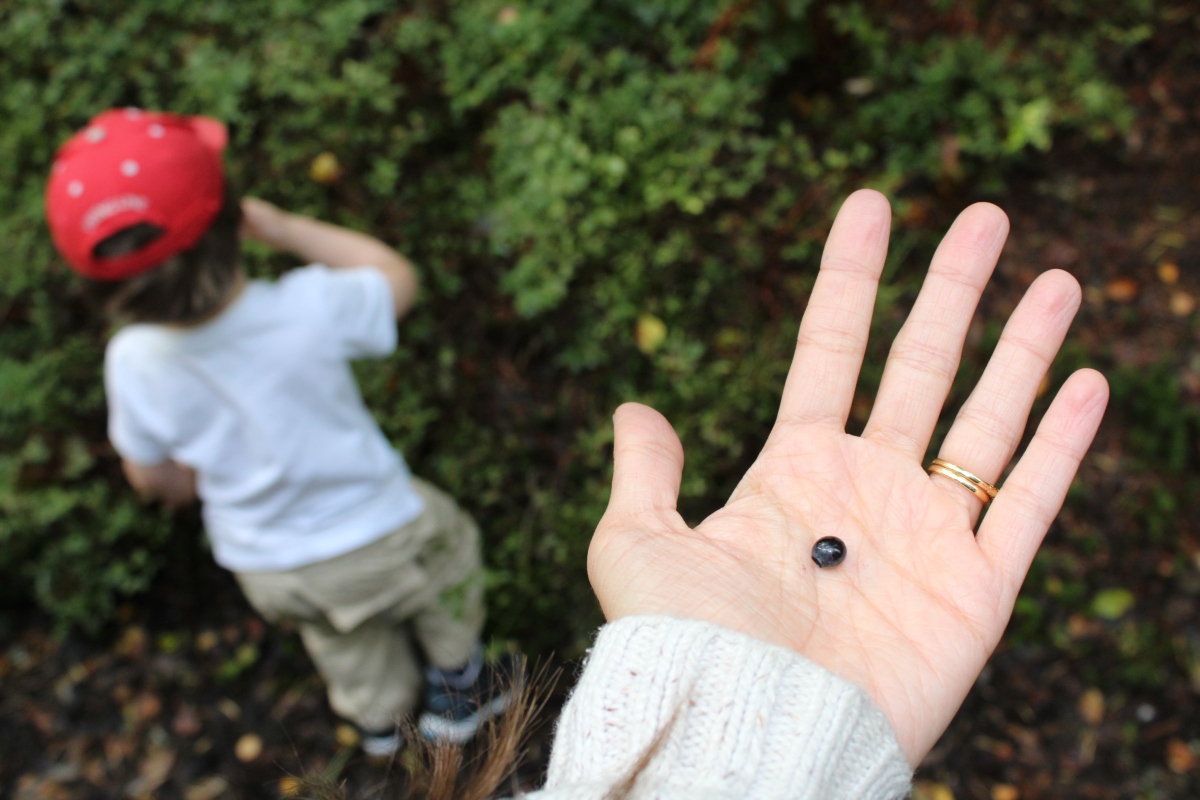After just five years as a secondary school English teacher in Leeds, I, along with a third of teachers who commenced teaching in English state schools in 2010, have resigned from mainstream teaching. I have voluntarily left a profession I am well suited to and which I’d hoped to make a career of.
I resigned from state school teaching effective from August 2016 so you may wonder why it’s taken so long to put this to paper. Perhaps it’s because I’ve spent the last academic year wondering whether this might simply be an (unpaid) sabbatical; perhaps I am still reeling from the shock and frustration of finding myself in such a paradoxical position: I want to teach, I’m trained to teach, I can teach, yet I won’t.
Writing my resignation letter was a struggle and I cried when I’d sent it. I left an incredible team of English teachers at, for what it’s worth, an Ofsted-outstanding, highly reputable secondary school. So, if that’s as good as it gets in today’s schools, why leave?
My time in teaching saw a clear deterioration in my health. With almost all my time and energy exhausted, my stamina to meet the workload and handle the pressure dwindled as the years passed. I lost weight, my stress levels rose and mornings were typified by a dark feeling of dread as I struggled to find ways to ease the interminable workload.
As a teacher, 50+ hour working weeks dedicated to stacks of marking, lesson planning and Xcel tracking sheets is par for the course in an education system which values competition over collaboration. In the current exam-factory system, students come to represent data units and every member of teaching staff must prove their worth at regular data-collection intervals and, of course, via the all-important albatross around every teacher’s neck: the annual GCSE and A-level results. Whilst this is damaging to teacher morale, it is detrimental to our students,who are increasingly aware of their numerical value. It’s indicative of a failing education system when the happiness or lack thereof of each “data unit” is secondary to their academic progress.
This culture of accountability is not entirely unjust in its attempt to ensure educational equity, but its prevalence overshadows the central role school’s play in the development of the whole-child. Exam-factory schools staffed by overworked, demoralised staff do not leave much room for nurturing the individual, promoting social-emotional development and fostering students’ unique talents. Moreover, placing teachers under such scrutiny insultingly implies that teachers would not otherwise intend to support every child. Furthermore, the shocking paucity of funds in education mean that teachers are less and less able to adequately provide for each child. Increasing class sizes, lack of teaching assistants and bulging timetables mean less and less attention is available for each and every child.
A teacher-friend recently sitting in a whole-school staff meeting listened to a member of the senior leadership team acknowledge that their staff are working hard but that they must do “whatever it takes” to hit their Progress 8 targets. “Whatever it takes.” Loosely translated, this means teachers, stretched as they already are, must find more, give more, lose more: whatever it takes. Ultimately, they will lose out on free time, family time, healthy meals, exercise, a good night’s sleep or whatever everyday aspects of sanity they’re clinging to. There isn’t more time, no money arrives to spread the workload and the goal posts continue to jump further into the intangible distance leaving teachers defeated and students in the care of an exhausted staff body.
The question remains, should I apply for my next teaching job?
There are so many aspects of teaching which will not lose their appeal for me: sharing your days with high-energy young people is a pleasure and a privilege. I love teaching English and I believe I’m good at it. Yet, when I discuss with my sister, my husband, my friends, whether to go back to teaching, their answer is unanimously, ‘No’. They are convinced that I can transfer my skills to a happier place and, possibly, increase my earnings too.
Am I disappointed? Yes. Very. I’ve spent most of my adult life teaching or tutoring; it’s what I’m trained for, what I’m passionate about and what I feel inspired to do. But I’m not sure it’s worth the impact on my health, my relationships and my overall sense of well-being. Likewise, the state of education is bearing down on the mental health of the nation’s teenagers, with 11.5% of young people aged between 11-16 years suffering from a mental disorder, according to UK Mental Health charity, Young Minds. And the students don’t have the option of leaving.
Former conservative education minister, Michael Gove, famously remarked he would consider his work a success if morale in the staffroom was low. Well, congratulations Gove, morale is low. But staff turnover is high. And soon the staffroom will be empty.








